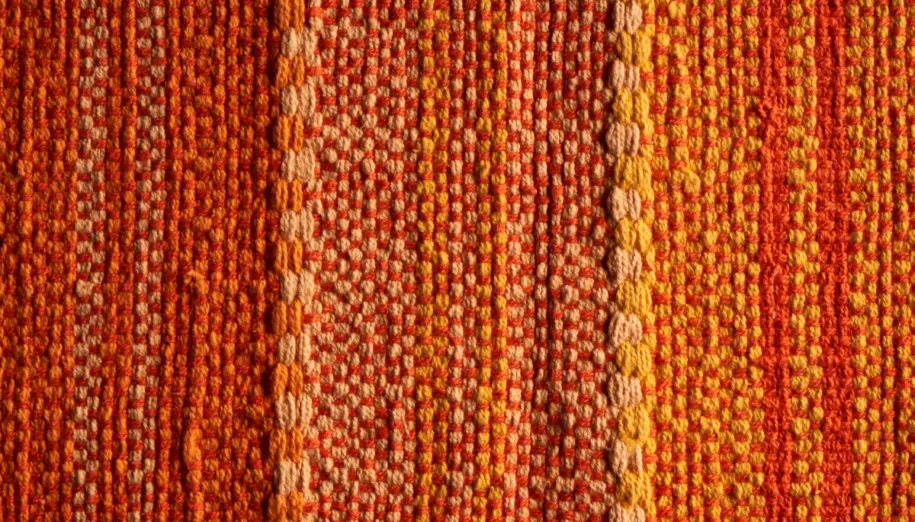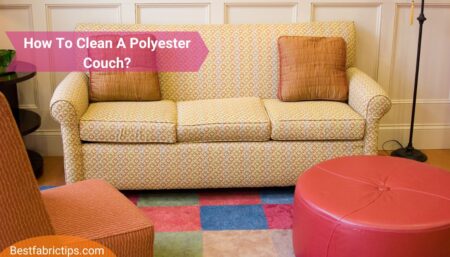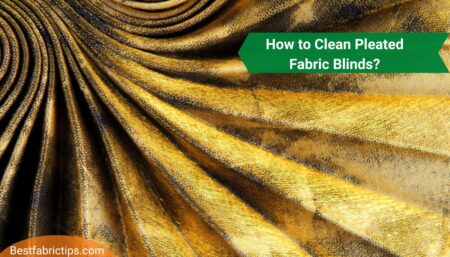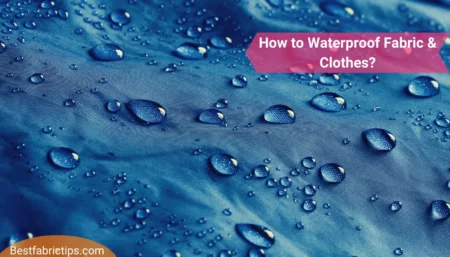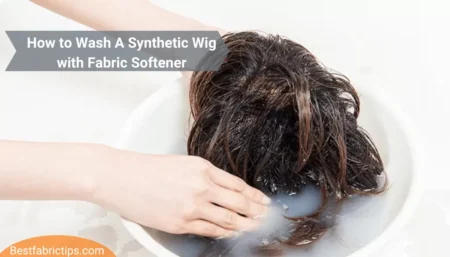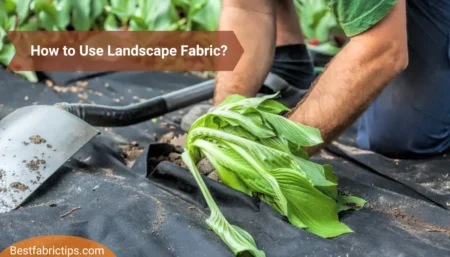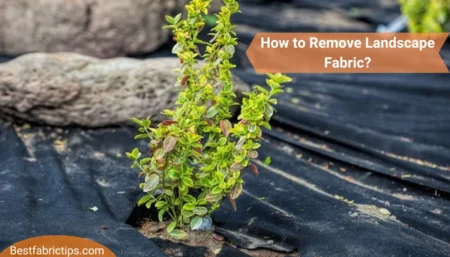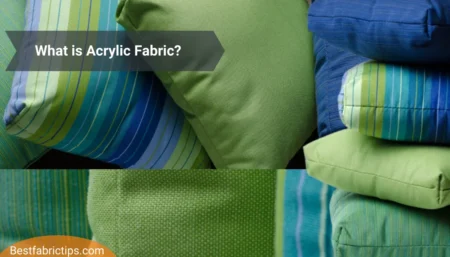It’s easy to dismiss cleaning a fabric softener dispenser as a meaningless chore, but in reality, it’s a really emotional process. Don’t forget that the liquid that gives our garments their luxurious feel, soothing scent, and convenient dispenser is right here. It’s the cherry on top of a clean load of laundry, making each hug feel like a new beginning with soft, clean fabric. Nonetheless, this dispenser can eventually become clogged, which would reduce its effectiveness. It’s as though we’re deprived of some of the warmth and coziness that our laundry brings into our lives whenever this happens. The excitement of rediscovering the dispenser after a good cleaning brings us back to life’s simpler joys. So, let’s give you a complete DIY on how to clean fabric softener dispenser.
How Does Softener Dispenser work?
A washing machine’s fabric softener dispenser is a small compartment or tray designed to deliver fabric softener during the rinse cycle. Fabric softener is a liquid or powder used to the washing cycle to soften and minimise static cling on clothing. Additionally, it can eliminate odours and make garments smell fresher.
- To use a fabric softener dispenser, you must fill it with fabric softener according the directions of the manufacturer. Depending on the sort of dispenser you own, you can often use either liquid or powder fabric softener.
- Once the fabric softener dispenser has been refilled, it will automatically dispense fabric softener throughout the rinse cycle of the wash. The fabric softener is combined with the rinse water and then applied to the garments to soften and refresh them.
- Some washing machines have an easily removable fabric softener dispenser that may be refilled as needed. Other machines have an integrated, non-removable fabric softener dispenser that cannot be uninstalled.
In either scenario, it is essential to routinely clean and dry the fabric softener dispenser to prevent buildup and ensure its good operation. By adhering to the manufacturer’s instructions and taking care of your fabric softener dispenser, you can ensure that your garments are cleaned and scented effectively.
Can You Put Vinegar In The Fabric Softener Dispenser?
It is not advised to use vinegar in your washing machine’s fabric softener dispenser. The fabric softener and vinegar may interact, reducing the fabric softener’s effectiveness or perhaps endangering your washing machine.
To soften garments and get rid of odours, use vinegar instead of fabric softener because it is a natural cleaning agent. You can add a half cup of vinegar to your washing machine’s rinse cycle to utilise it as a fabric softener. After your clothing have been washed and dried, you can lightly sprinkle them with a DIY fabric softener spray that you make from water and vinegar. Simply spritz your clothing lightly with a solution made of equal parts water and vinegar before hanging or folding them.
It is recommended to use vinegar and fabric softener separately if you wish to use both. Follow the manufacturer’s instructions when adding the fabric softener to the dispenser. After that, add the vinegar to the rinse cycle. This will prevent the two products from combining in a way that would interfere with their ability to work together to soften and refresh your garments.
How do you clean a fabric softener dispenser tube?
To clean a fabric softener dispenser tube, you can follow these steps:
- First, disconnect and empty the washer. Locate the fabric softener dispenser. The washing machine usually has a small compartment near the top or front.
- Empty the dispenser of fabric softener. Pour it out or scrub the dispenser with a tiny brush.
- Mix equal amounts water and vinegar. Scrub the fabric softener dispenser with vinegar solution.
- Water-rinse the dispenser to remove residue.Before reusing, dry the dispenser.
If the fabric softener dispenser is really unclean or clogged, repeat these procedures or use a stronger cleaning solution. Cleaning the fabric softener dispenser frequently prevents accumulation and ensures optimal operation.
How do you remove fabric softener build up?
You might attempt the following procedures to get rid of the buildup of fabric softener on your clothes:
- Create a solution by combining water and vinegar in an equal ratio.
- Applying the vinegar solution to a rag or sponge, scrape the interior of the fabric softener dispenser to remove any residue.
- To eliminate any residue, it is necessary to thoroughly rinse the dispenser with water.
- It’s possible that you’ll need to use a more powerful cleaning solution if the buildup is very tenacious. Baking soda and water is one combination that can be utilised, as is a solution that consists of dish soap diluted in water.
- If the accumulation is not removed, you may have to immerse the fabric softener dispenser in a solution consisting of hot water and the cleaning solution for a few hours or overnight, depending of how stubborn the buildup is.
- Before you use the dispenser again, make sure you give it a thorough washing with water and then let it dry.
It is a good idea to clean the fabric softener dispenser on a regular basis to avoid the accumulation of residue and to guarantee that it is operating well.
Which is more preferable vinegar or bleach in fabric softener dispenser?
It is not advised that you put vinegar or bleach in the fabric softener dispenser of your washing machine. Instead, you should use fabric softener. If you use either of these products in the dispenser for fabric softener, you can run into some issues, and the results might not be what you were hoping for.
Vinegar can be used in place of fabric softener to soften garments and remove odours. Vinegar can also be used to clean other surfaces. You may use vinegar as a fabric softener by adding a half cup of vinegar to the rinse cycle of your washing machine. This will allow the vinegar to work its magic on your clothes. Just fill a spray bottle with a mixture of equal parts water and vinegar, shake well, and give your garments a gentle misting before hanging them up or folding them.
Bleach is a powerful cleaning solution that is often used to whiten and disinfect garments. It is also used to remove stains. Because it can cause the garments to become stiff and may cause discoloration or damage, bleach is not advised for use as a fabric softener. Instead, it is recommended that you use another product.
How will you maintain the good condition of your washing machine dispenser?
You can use the following advice to keep your washing machine dispenser in good working order:
- Regularly clean the dispenser: Detergent and fabric softener can accumulate inside the dispenser over time, causing clogs and decreased effectiveness. Regularly clean the dispenser with a solution of equal parts water and vinegar to avoid this. After cleaning the dispenser’s interior using a cloth or sponge, give it a good rinsing with water.
- Use the right amount of detergent; too much detergent might cause accumulation and dispenser clogging. Depending on the size of your load and the quantity of soil, apply the amount of detergent recommended by the manufacturer.
- Use top-notch detergent: Using a top-notch detergent can assist prevent buildup and guarantee that your garments are cleansed thoroughly. A high-efficiency washing machine-specific detergent is one to look for because it will be more likely to rinse clean and prevent buildup.
- Avoid overfilling the dispenser because doing so could result in excess detergent being dispensed, which could lead to buildup and clogs. Only fill the dispenser to the suggested level, please.
- Use the right water temperature: Hot water can aid in the more efficient dissolution of fabric softener and detergent, helping to avoid accumulation and guaranteeing that your garments are thoroughly cleaned.
These suggestions will help you keep your washing machine dispenser in good shape and make sure it is operating properly.
Why does the fabric softener dispenser get moldy?
Due to moisture and organic matter, such as fabric softener or detergent residue, the fabric softener dispenser may get mouldy. Mold is a kind of fungus that can grow on a variety of surfaces, including the interior of the fabric softener dispenser, and thrives in moist, warm situations.
Mold and germs can grow easily in the moist atmosphere of the washing machine and fabric softener dispenser, especially if the dispenser isn’t cleaned frequently. Mold spores might develop into noticeable mould if the dispenser is not thoroughly cleaned and dried after every use.
It’s crucial to clean and dry the fabric softener dispenser on a regular basis to keep it from growing mould. After each use, you can scrub the dispenser’s interior with a solution made of equal parts water and vinegar, then thoroughly rinse and dry it. You may aid in preventing the growth of mould and make sure the dispenser is operating correctly by keeping it dry and clean.
You can take certain actions to lower the danger of mould growth in addition to routinely cleaning and drying the fabric softener dispenser:
- Use a good fabric softener and detergent: The appropriate cleaning of your garments can be ensured by using high-quality products designed especially for high-efficiency washing machines.
- Use the right water temperature: Hot water can aid in the more efficient dissolution of fabric softener and detergent, helping to avoid accumulation and guaranteeing that your garments are thoroughly cleaned.
- Use the right amount of detergent; too much detergent might cause accumulation and dispenser clogging. Depending on the size of your load and the quantity of soil, apply the amount of detergent recommended by the manufacturer.
You can lessen the possibility of mould formation in your fabric softener dispenser by using the advice in this article, and you can also make sure that your garments are thoroughly cleansed and freshened.
How do you get mold out of a fabric softener dispenser?
You can attempt the following procedures if you’re having trouble removing mould from a fabric softener dispenser:
- Create a solution by combining water and vinegar in an equal ratio.
- Applying the vinegar solution to a rag or sponge, scrape the interior of the fabric softener dispenser to remove any residue.
- To eliminate any residue, it is necessary to thoroughly rinse the dispenser with water.
- It’s possible that you’ll need to use a more powerful cleaning solution if the mould is very tenacious. Baking soda and water is one combination that can be utilised, as is a solution that consists of dish soap diluted in water.
- If the mould remains, you may need to soak the fabric softener dispenser in a solution of hot water and cleaning solution for several hours or overnight.
- Before you use the dispenser again, make sure you give it a thorough washing with water and then let it dry.
Regular cleaning of the fabric softener dispenser is recommended to avoid the formation of mold and other contaminants, as well as to guarantee that the dispenser continues to function effectively.

